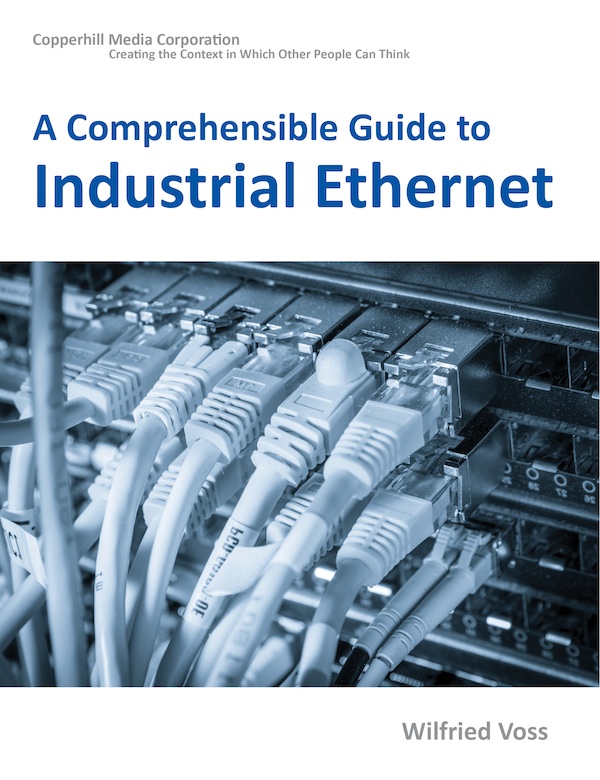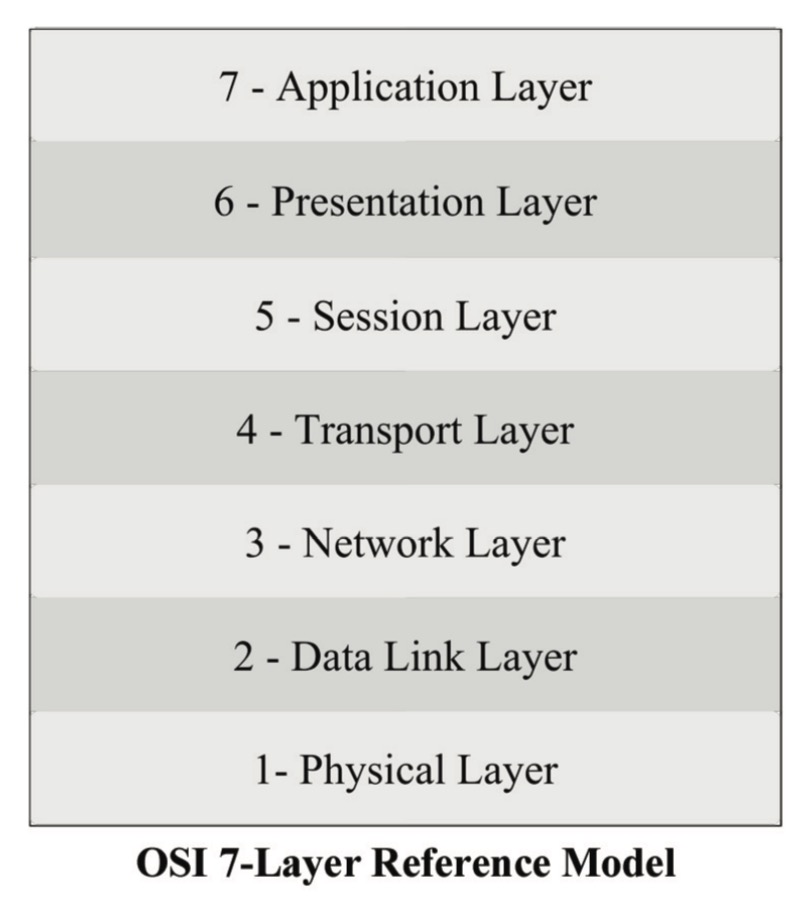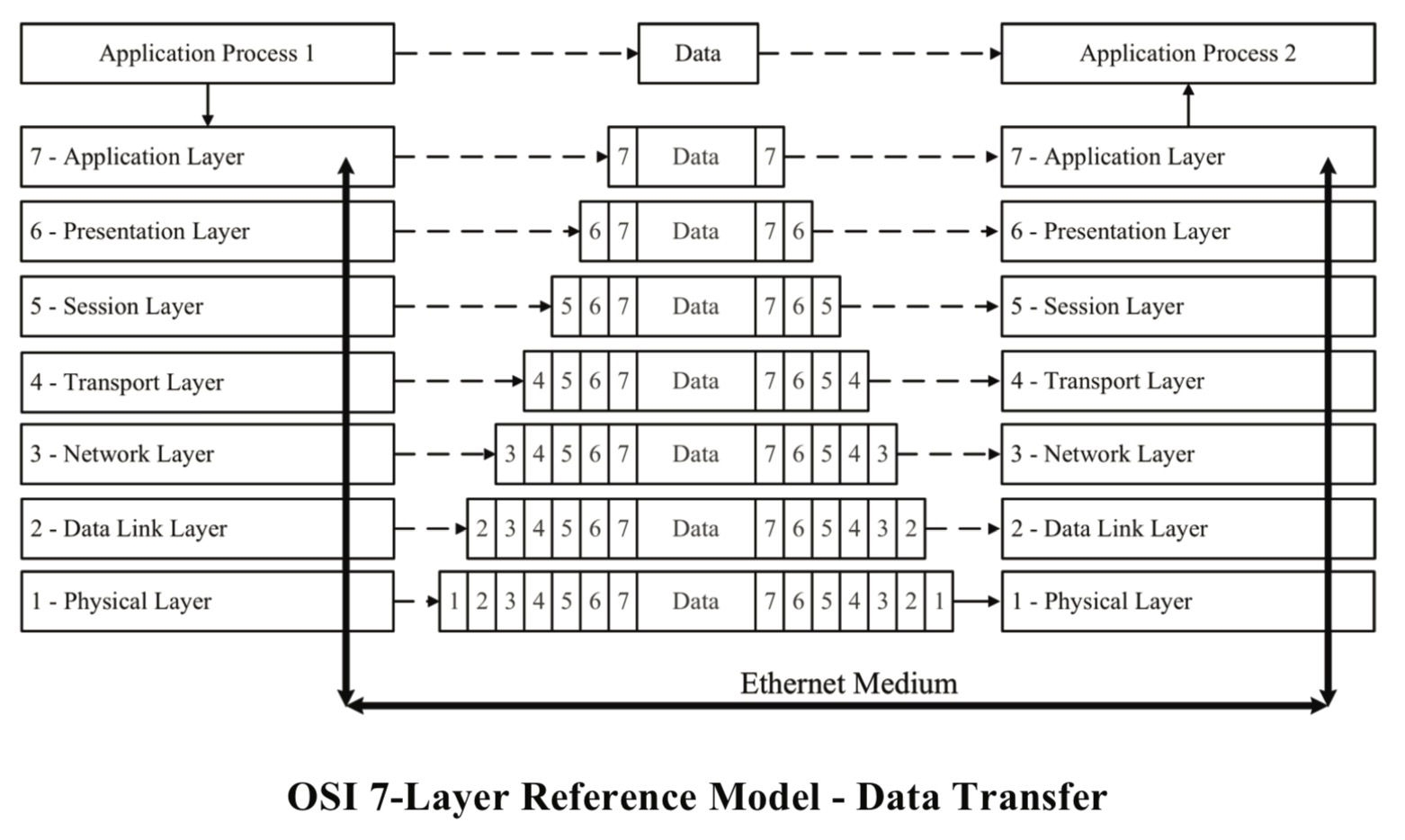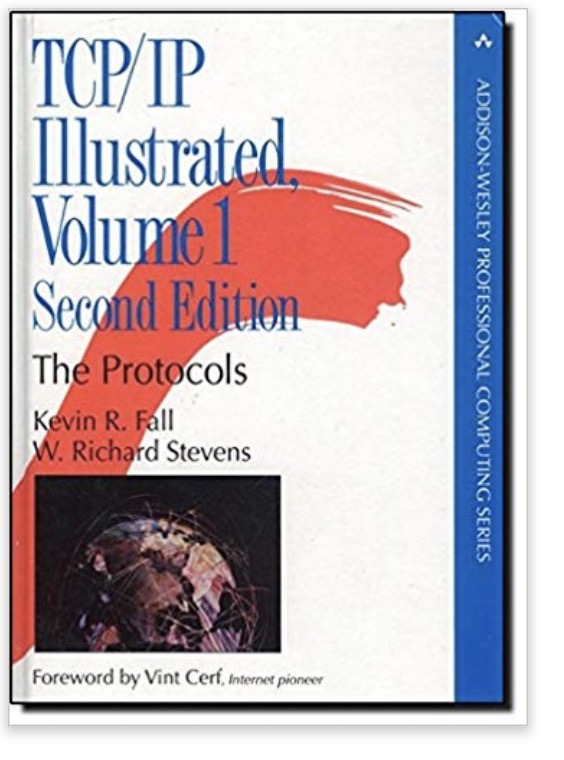Recent Posts
Industrial Ethernet Guide - The OSI Reference Model
Posted by on

The following is part of A Comprehensible Guide to Industrial Ethernet by Wilfried Voss.
The OSI Reference Model is at the heart of serial networking technologies, including Industrial Ethernet. The understanding of the model is mandatory, not only when it comes to understanding Ethernet TCP/IP, the underlying technology of Industrial Ethernet; it also serves as a model explaining how the different Industrial Ethernet protocols address real-time control.
In the late 1970s, the International Organization for Standardization (ISO) began work to define modern networking by creating the Open Systems Interconnection (OSI) Reference Model (OSIRM), which was published in 1984. These days, it is considered the primary architectural model for inter-computer communications.
The Open Systems Interconnection Reference Model, or OSI Model for short, is a layered, abstract description for communications and computer network protocol design.
The model describes and standardizes the data transfer between networked devices in an open architecture.

In layman’s terms, the OSI Reference Model describes how data from a transmitting application is processed before it reaches the receiving application.
Layer 1 – Physical
Conveys the bit stream (electrical impulse, light or radio signal) through the network at the electrical and mechanical level.
Layer 2 – Data Link
Data packets are encoded and decoded into bits. It furnishes transmission protocol knowledge and management and handles errors in the physical layer, flow control and frame synchronization. The data link layer is divided into two sub layers, the Media Access Control (MAC) layer and the Logical Link Control (LLC) layer. The MAC sub layer controls how a computer on the network gains access to the data and permission to transmit it. The LLC layer controls frame synchronization, flow control and error checking.
Layer 3 – Network
Provides switching and routing technologies, creating logical paths, known as virtual circuits, for transmitting data from node to node.
Layer 4 – Transport
Provides transparent transfer of data between end systems, or hosts, and is responsible for end-to-end error recovery and flow control. Ensures complete data transfer.
Layer 5 – Session
Establishes, manages and terminates connections between applications.
Layer 6 – Presentation
Provides independence from differences in data representation (e.g. encryption) by translating from application to network format, and vice versa.
Layer 7 – Application
Supports application and end-user processes.
Layers
1 through 4, also called the
lower layers,
are network oriented.
Layers 5 through 7, also called the
upper
layers
, are application oriented.
Note: As a general requirement, any industrial-strength fieldbus system must be robust in noisy environments ( physical layer), deterministic in guaranteeing data refresh during controller cycle periods ( link layer), and capable of exchanging information between all types of industrial devices ( application layer).
The following image describes the data flow from one application to the other.

According to the above image, the application data is being passed downwards through all layers of the protocol stack, i.e., from the application layer to the physical layer. Each layer embeds the data it receives into its specific frames, a process called encapsulation.
After the data has been transmitted through the physical layer, it will be passed upwards through all layers up to the application process. Each layer will remove its specific frames to comply with the requirements of the upper layer, and then pass the remainder of the data to that layer.
Naturally, this process requires logical interactions within each layer to complete the network connection.
The disadvantage of this design is, however, a disproportionately high overhead for communication with devices that have to exchange small quantities of data frequently.
Note: Similar to other networking technologies (e.g. CAN and its Higher Layer Protocols) Ethernet TCP/IP bypasses certain OSI layers that don’t contribute to its efficiency.
TCP/IP Illustrated, Volume 1: The Protocols
TCP/IP Illustrated, Volume 1, Second Edition, is a detailed and visual guide to today’s TCP/IP protocol suite. Fully updated for the newest innovations, it demonstrates each protocol in action through realistic examples from modern Linux, Windows, and Mac OS environments. There’s no better way to discover why TCP/IP works as it does, how it reacts to standard conditions, and how to apply it in your applications and networks.
Building on the late W. Richard Stevens’ classic first edition, author Kevin R. Fall adds his cutting-edge experience as a leader in TCP/IP protocol research, updating the book to reflect the latest protocols and best practices fully. He first introduces TCP/IP’s core goals and architectural concepts, showing how they can robustly connect diverse networks and support multiple services running concurrently. Next, he carefully explains Internet addressing in both IPv4 and IPv6 networks. Then, he walks through TCP/IP’s structure and function from the bottom up: from link layer protocols–such as Ethernet and Wi-Fi–through the network, transport, and application layers.
 Loading... Please wait...
Loading... Please wait...

